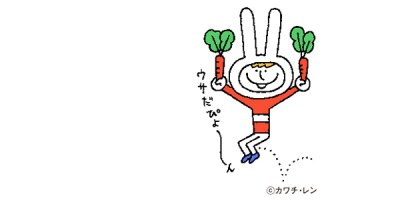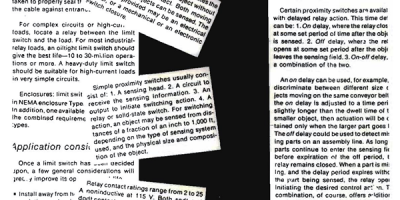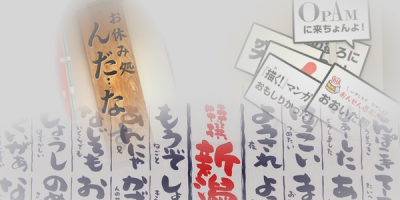
In the previous column, I said that we can “for the most part” divide the status of characters into four broad categories by the language that they use, and we looked at the “highest of high,” and then “superiors” and “inferiors.” Here I will provide more explanation on “superiors” and “inferiors.”
“Superiors” and “inferiors” are mutually dependent. A “superior” exists precisely due to the existence of “inferiors,” and vice versa.
When famous scholars argue, whether at a pub or in their publications, it is not that their ideas are in conflict. They are saying:
“I am the ‘superior.’ You are the ‘inferior.’”
“What are you talking about? I am the ‘superior!’ You are the ‘inferior!’”
That is, in most cases, they are actually fighting over the title of “superior” character and trying to force the other to become the “inferior” character. A conference attended by two famous scholars may never end; after Professor A makes the closing remarks, Professor B will make further closing remarks. Not be outdone, Professor A makes some more closing remarks, followed by Professor B adding a few more closing remarks. They are both fighting for the title of “superior” character――“Only I have the authority to end this conference!” (Oh dear. I didn’t mean to write that down. But it felt good to get it off my chest.) Someone who is normally an “anego” character, but decides to go with a cute “imouto” character when confronted with a more seasoned, stronger “anego” character (see part 8 of this series), could be said to have a flexible bearing, or could even be called pragmatic.
Conversely, “inferiors” will sometimes argue over who has to sit at the head of the table, each trying to force the “superior” character on the other. The “superior” character is not always popular you see. If there is a problem, the “superior” must take responsibility, and even if there is no problem, people tend to say that “superior” characters are “arrogant” and “pompous” behind their back; the docile humble “inferior” character suffers less stress and tends to attract more popularity.
So, “superiors” and “inferiors” are in a mutually dependent relationship, but linguistically, the two are not so easily contrasted. This is because “superior” characters have a distinctive characteristic: they can “select their style.”
Just because they are “superior” does not mean they always speak brusquely. They can speak brusquely, but they can also speak politely.
For example, when given a polite request by an “inferior,” a “male superior” might grunt and say “Oo, wakatta” (yeah, ok [brusque]). A “female superior” might not want to use “Oo,”(1) so she might say “Un, wakatta” (yeah, ok [brusque]) instead. So gender is not an issue. However, that’s not all. Whether “male” or “female,” a “superior” could answer their “inferior” politely――“Hai, wakarimashita” (yes, I understand [neutral/polite]).
To be clear, the words spoken in the polite style by the “superior” are not the same as those said by the “inferior.” There are subtle differences. No matter how polite their style, a “superior” couldn’t respond by saying “Ha, wakarimashita” (Yes, sir/ma’am! [deferential/polite]). This is the language of an “inferior;” it is not polite “superior” language.
In contrast to the “superiors,” who can choose their style, an “inferior” character can only speak in a polite style, and cannot speak brusquely.
This is not to say that in the real world people in low positions always speak politely to those in high positions. The speaker’s character and social position are two different things. In the real world it is not uncommon to hear people of low positions speaking to those in high positions in a brusque style ――that is, they act sassy or casual―― but at these times, they are not speaking as “inferior” characters.
So, is the lower person speaking as a “superior” looking down on the higher person? Good heavens, no! Is the lower person speaking as a “mid-ranked” character? There’s no such thing.
We’re in no hurry ――let’s talk some more about this.
* * *









(1) The sounds “oo” (pronounced “oh”) and “un” in Japanese are used like “yeah” in English. “Oo” is apparently less ladylike than “un.”